Direction (1-3): Read the following information carefully and answer the questions given below.
In a family of three-generation, there are ten members i.e. A, B, C, E, J, K, N, P, R, and Z, and three married couples. N is the wife of C. Z is the niece of P but not a child of K. A is the only daughter-in-law of E’s father’s sister. B is the daughter of C who is the father of K. N is the mother of P. Grandfather of E has only two daughters. K has no child. J is the wife of P who has only one child. E is the female member of the family but she is not the niece of P. No parent has more than three children.
Q1. What is the relation of P with respect to R?
(a) Either Uncle or Aunt
(b) Paternal Uncle
(c) Maternal Uncle
(d) Maternal Aunt
(e) None of these
Q2. How many female members are there in the family?
(a) Six
(b) Seven
(c) Either seven or eight
(d) Either six or seven
(e) None of these
Q3. Who among the following does not belong to the second generation of the family?
(a) Both K and P
(b) Both N and P
(c) Both E and R
(d) Both A and B
(e) None of these
Direction (4-6): Read the following information carefully and answer the questions given below.
Seven persons are there in a family with two generations. S is the sister-in-law of Z who is unmarried female. T is the father of O and Z only. N is the sister of V and mother-in-law of S. W is the brother-in-law of O. The number of males is more than that of females.
Q4. How V is related to Z?
(a) Uncle
(b) Father
(c) Aunt
(d) Mother
(e) Can’t be determined
Q5. Four of the following five are alike in a certain way based on the given arrangement and so form a group. Who among the following does not belong to that group?
(a) T
(b) V
(c) O
(d) W
(e) S
Q6. How T is related to S?
(a) Uncle
(b) Father-in-law
(c) Father
(d) Mother-in-law
(e) Can’t be determined
Direction (7-8): Study the information carefully and answer the questions accordingly.
There are seven members in a family. The number of males is more than the number of females. T is married to F who is the mother of two children. T has a sister-in-law. U is the grandfather of B and not the father of T. Q is the mother of S. J is the son of T who is the brother-in-law of S.
Q7. How T is related to B?
(a) Nephew
(b) Brother
(c) Uncle
(d) Father
(e) None of these
Q8. Four of the following five are alike in a certain way based on the given arrangement and so form a group. Which of the following does not belong to that group?
(a) F, U
(b) Q, B
(c) T, S
(d) J, U
(e) T, B
Direction (9-10): Read the following information carefully and answer the questions given below.
‘A%B’ means ‘A is the brother of B’
‘A $ B’ means ‘A is the father of B’
‘A @ B’ means ‘A is the son of B’
‘A*B’ means ‘A is the husband of B’
‘A#B’ means ‘A is the daughter of B’
Now answer the following questions based on the above relations.
Q9. If the expression ‘P @ E#G%B*C’ holds true, then what is the relation of B with respect to E?
(a) Father-in-law
(b) Uncle
(c) Aunt
(d) Sister-in-law
(e) None of these
Q10. Which of the following expression shows that L is the father-in-law of E?
(a) L @ E%M#D
(b) M%L*B # E
(c) E $ D @ L#A
(d) C#L $ P*E
(e) None of these
Direction (11-15): In the following questions assuming the given statement to be true and find which of the conclusion(s) among given conclusions is/are definitely true and then give your answers accordingly.
Q11. Statements: T < A < B = C ≤ D = F, F < O ≤ L = Q
Conclusions: I. Q > D II. Q = D
(a) Only I is true
(b) Only II is true
(c) Either I or II is true
(d) Neither I nor II is true
(e) Both I and II are true
Q12. Statements: L > N = T = O, O > E = F ≥ G ≥ K > J
Conclusions: I. N > J II. E=K
(a) Only I is true
(b) Only II is true
(c) Either I or II is true
(d) Neither I nor II is true
(e) Both I and II are true
Q13. Statements: X< Q ≥ S=R, R=Y ≥ U=V≥ W
Conclusions: I. Q > W II. S = W
(a) Only I is true
(b) Only II is true
(c) Either I or II is true
(d) Neither I nor II is true
(e) Both I and II are true
Q14. Statements: Q ≥ P < X; P ≥ B < C; E = S < B
Conclusions: I. Q > C II. E < X
(a) Only I is true
(b) Only II is true
(c) Either I or II is true
(d) Neither I nor II is true
(e) Both I and II are true
Q15. Statements: T = S > V ≥ M; C ≤ M; G >P < C
Conclusions: I. T > P II. G < S
(a) Only I is true
(b) Only II is true
(c) Either I or II is true
(d) Neither I nor II is true
(e) Both I and II are true
Solutions
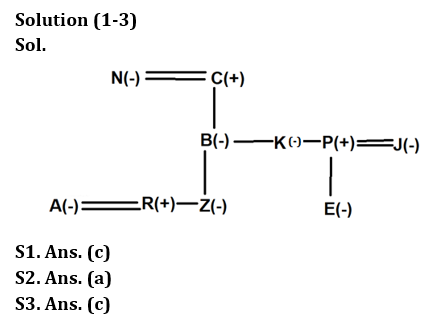
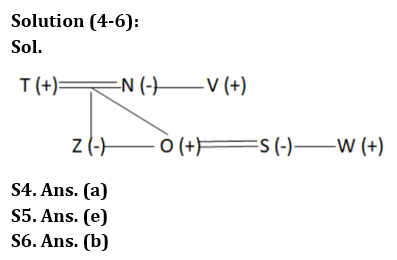
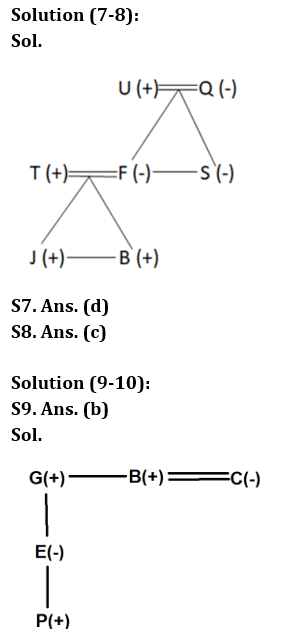
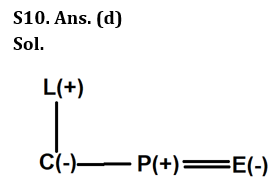
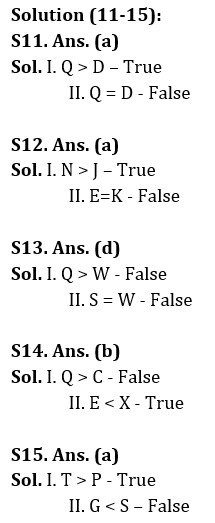
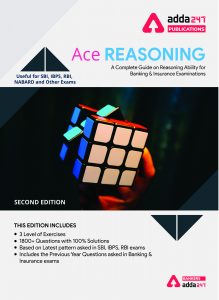


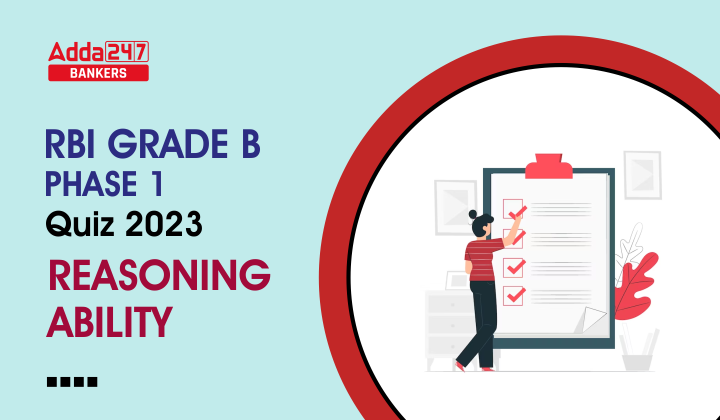

 GA Capsule for SBI Clerk Mains 2025, Dow...
GA Capsule for SBI Clerk Mains 2025, Dow...
 The Hindu Review October 2022: Download ...
The Hindu Review October 2022: Download ...
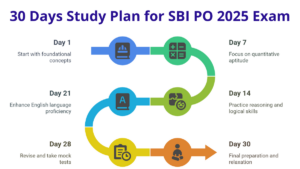 30 Days Study Plan for SBI PO 2025 Exam,...
30 Days Study Plan for SBI PO 2025 Exam,...


